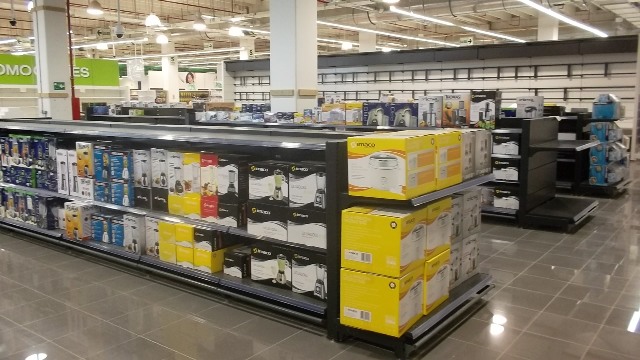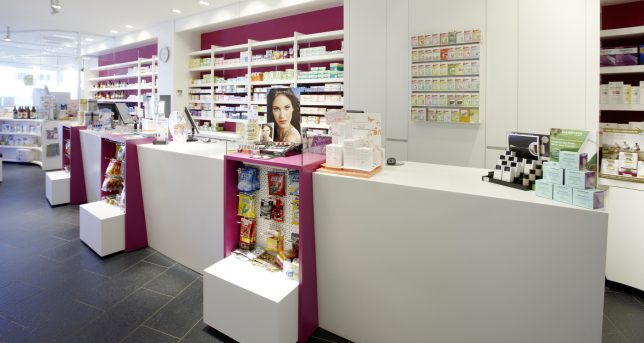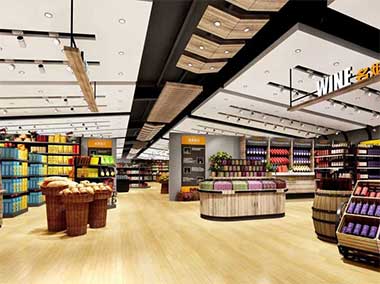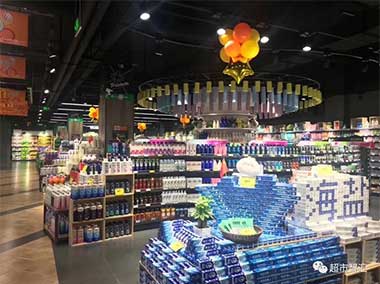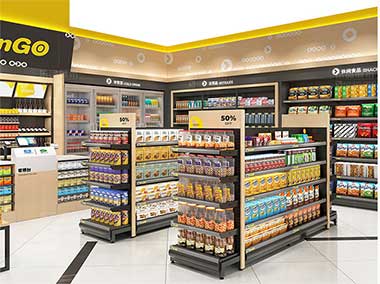-
 E-mail:
aceally19@aceallygroup.com
E-mail:
aceally19@aceallygroup.com
-
 Wechat: +8613959222269
Wechat: +8613959222269
-
Time:3/11/2022
-
Time:1/23/2022
-
Time:12/27/2021
-
Time:12/17/2021
-
Time:12/8/2021

- CONTACT US
- Wechat: +8613959222269
- aceally19@aceallygroup.com
How can supermarkets efficiently display goods around "people"?
 Time:11/11/2021
Time:11/11/2021 972
972Adjusting displays through customer behavior trajectories
For example, IKEA has already used the customer flow statistics system to understand the popularity of new products and the long-term potential of hot products in the local market, and has connected the Palm customer flow statistics system with store POS and CRM systems to complete accurate customer flow surveys. Automatic formation of data reports can provide the basis for shelf placement layout optimization and adjustment of the location of goods. Accordingly, some products with low customer attention and low conversion rate will be eliminated.
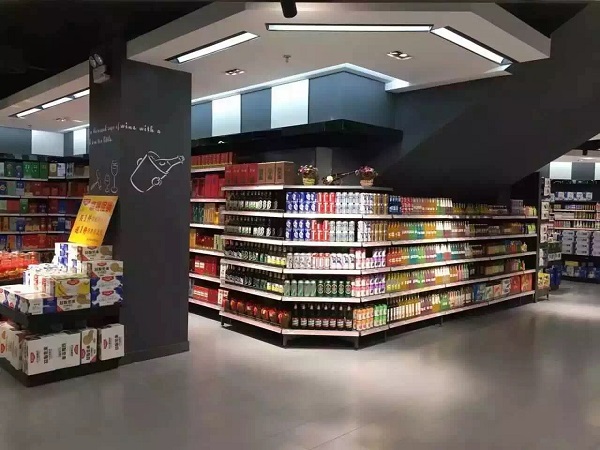
Smart replenishment in four steps
One is to leave the out-of-stock area empty until it is restocked. The advantage of this method is not to sell lost goods, the disadvantage is that an empty hole makes the display look broken and unattractive.
Another method is to fill the empty items with other items. The advantage is obvious, the shelves look full, no empty space. The downside is equally obvious, those lost items may never be recovered if you don't look at the backend data. The result is that the supermarkets have more and more slow-selling items and fewer and fewer best-selling items, resulting in a serious inventory backlog and a super high inventory turnover rate.
In addition, there is a simple, fast and easy to implement method to achieve intelligent replenishment.
In the first step, the operator needs to find out the regular items that sell well by small categories or sub-categories and input them into the store inspection system. Regular single products are non-festive and non-seasonal single products that sell well all year round. If the supermarket is currently out of stock, it is necessary to extend the survey period to include as many data sources as possible instead of surveying short-term data. This is only a basic data, and needs to be filtered.
The second step is to add is seasonal and holiday supplies and build a reserve. The advantage of doing this is to prepare in advance to avoid temporary panic. This statement can also be temporarily changed as the manufacturer's main push single product varies each year.
The third step is to develop a rating cycle. The top 100 single products are not set in stone, but updated at least once a quarter. Get rid of the single products in the sunset period and add new varieties.
The fourth step is to check the shelves in time to fill in the gaps. The AI patrol camera can keep an eye on the goods abundance situation every day. If there is a price tag error, out of stock or position confusion, it will be the first time to remind managers to rectify and replenish the goods in a timely manner. The headquarters can see the actual situation of all the stores just by using the cell phone, and the store staff can also adjust the placement of goods in a targeted manner, which greatly improves the work efficiency.
Further Reading
The method of supermarket shelf display
Fruit store shelf display can also affect the shop business
Beware of the hygiene problems hidden in the shopping basket of the supermarket
Is the outermost item on the supermarket shelf about to expire








